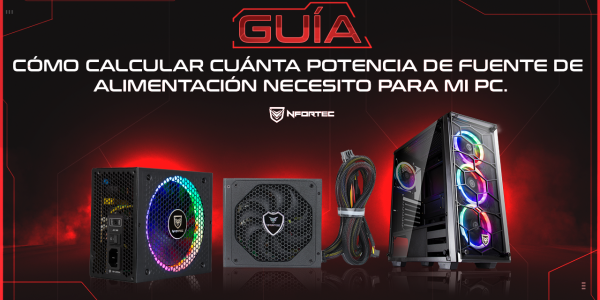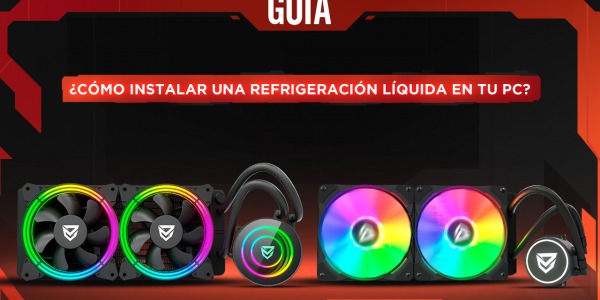
If you have decided to upgrade your computer and install Windows 11, we recommend that you take a look at our guide, in which you will find out what components your PC needs for the system to work correctly, and the installation options available to you
Where to start
Windows 11 is characterized mainly because it offers the possibility of downloading Android applications on our PC. On the other hand, the appearance of the old Windows 10 system has also been renewed
In the end, sooner or later, all Windows users will go through this update and, in addition to the minimum requirements that your PC will need, and which we will discuss below, you can not forget to make a backup of all your files before starting the installation. We know that it is a somewhat tedious step and that many people skip it because installations of this type, in the end, usually do not give problems, but if something happens, you will lose all your files and it is really worth avoiding it, with a simple backup
First it is convenient to know if your PC is compatible, that is to say, if its components have the necessary characteristics for the operating system to work correctly
Minimum requirements
Whenever we want to install an operating system update, the first thing we ask ourselves is what minimum requirements we will need for the system to work properly.
We assume that, if your intention is to make the leap to Windows 11, you are a Windows 10 user. In this case, you may already know that Windows 10 did not need much more than 1 or 2 GB of RAM, and had 32-bit and 64-bit versions, like previous systems. That's over. Now you will have to install the 64-bit version, which will need at least 4 GB of RAM, but well, it is rare that today there are PCs with less RAM, because it is practically essential to play games and work with certain programs nowadays
Something you should be very aware of, perhaps the most, is the issue of the TPM chip, compatible with the Secure Platform Module 2.0. Surely, if your PC is later than 2016, you will not have a problem, because since that date, this has been mandatory for the hardware of Windows systems, but we recommend that you check before installing anything, to avoid surprises
In short, here's what your PC will need to make Windows 11 run smoothly:
- RAM memory: 4 GB or more.
- 64-bit compatible processor, with two or more cores of at least 1Ghz
- TPM: chip compatible with the Secure Platform Module 2.0, which is basically a cryptographic processing chip, whose purpose is to improve the security of your equipment.
- Firmware with UEFI, which is basically a BIOS with a more comfortable and intuitive appearance, and that supports Secure Boot, what we know as "secure boot".
- The storage required for the installation is 64Gb, which should not be a problem, as it is still the same space that the previous system occupied
- Graphics card compatible with DirectX 12 or later and a screen with at least 9 inches and a definition of 720
To make all this easier for you, Windows has launched a tool called PC Health Check, which you can download for free from this link (scroll to the bottom of the page) and you will be able to run the tool to see if your computer meets the requirements for a system upgrade
Installation
Once you are sure that your PC meets all the necessary requirements, it is time to proceed with the installation. To do this, as with any operating system upgrade, you will have two ways
- Directly from Windows Update, in the system configuration options, if your PC is compatible.
- Downloading the ISO image of the operating system, and creating an installation USB, it can also be a DVD but this is quite out of use
For convenience, if you are a Windows 10 user, you will probably prefer to upgrade from Windows Update. If your plan is to do a clean install, perhaps on a new computer, you can do so by downloading the ISO image. The most common is to create an installation USB, simply downloading the operating system from the official Windows website and mounting the ISO image on a USB, which will serve to install the operating system on any PC.
On the other hand, in the windows web you will also find the following executable: Windows11InstallationAssistant.exe, which you can download, and it will open an installation wizard on your computer. To use this method, you will need to have an operating system on your computer, whereas with the USB installer you could do the installation from 0
Our recommendation is that you make sure that your equipment is fully compatible, and in fact, it is always better to go a little over specs, and that enter the following official link, to be able to know better all the options that you have for the installation so that you can choose the one that is more comfortable for you. We bet for the update from Windows Update, the simplest and comfortable, without a doubt
 English
English  Español
Español Italian
Italian Português PT
Português PT Français
Français Deutsch
Deutsch





Comments (0)